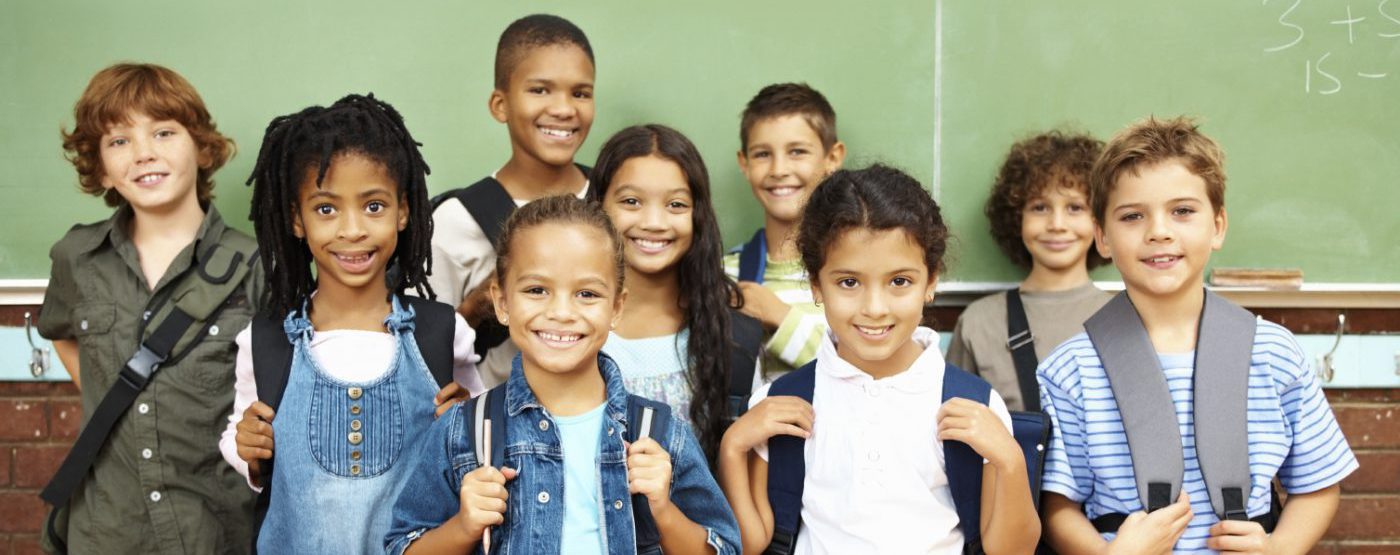Set a goal to help restore butterfly migration routes in your town by planting a butterfly garden with native plants or seeds. Research the best options to provide nectar, roosting, or food for caterpillars that migrate through your area. After
Yoga for Young’Uns
Yoga is one kinesthetic activity that kids can enjoy no matter which multiple intelligence lens they prefer to look at the world–just select an appealing entry point below: Visual-Spatial kids: Without worrying about movement flow at first, challenge your “Picture
Backyard Bug Banquet
Use your child’s gifts for observation and analysis and use your backyard or nearby park as a math & science lab. One way Deborah Churchman of American Forests suggests is to mix overripe fruit and honey in a blender, then
‘Tis the Season
Play a piece of classical music that is supposed to take place during a certain season. Can your child guess what season the composer wanted you to see in your mind’s eye? What about the music helps you see that
Secret Hideout
Go to a nearby “wild” space with a few of your child’s friends and help the kids create a “secret hideout” solely from the trees, rocks, branches, etc. Show the kids how they can not only use the hideout for
Sensory Sensitivities
Visit different outdoor environments—e.g. the playground, a field, the woods, school, your backyard, a community garden, the zoo, the beach—or even just the same one at different times of day with your child and tune into your senses. What does
Streams, Sculptures & Screens
Introduce your kids to the visual natural masterpieces of Andy Goldsworthy. Then, go on an outdoor “explore” with your kids and your camera phone with the intention of creating your own natural mixed medium masterpieces. As with Andy’s work, your
Wordless Walk
Make a date to go for a wordless walk with your child each evening. Use the opportunity to silently reflect on your days, just enjoying the sounds of nature as you stroll away the day’s stresses. Think about what you
Sew Cool!
While many parents think of sewing as “antiquated” and/or “just for girls”, there are plenty of benefits that can be derived from both your sons and daughters learning to sew in the kinesthetic intelligence, visual/spatial intelligence, logical/mathematical and naturistic intelligence realms. Kinesthetically speaking :: from
Animal Antics
Watch a short documentary or TV show about animals (e.g. Meerkat Manor or Wild Kingdom) with the sound off. After it’s over, talk about what your child thought was happening during the episode and the “characters” each animal played. Replay

